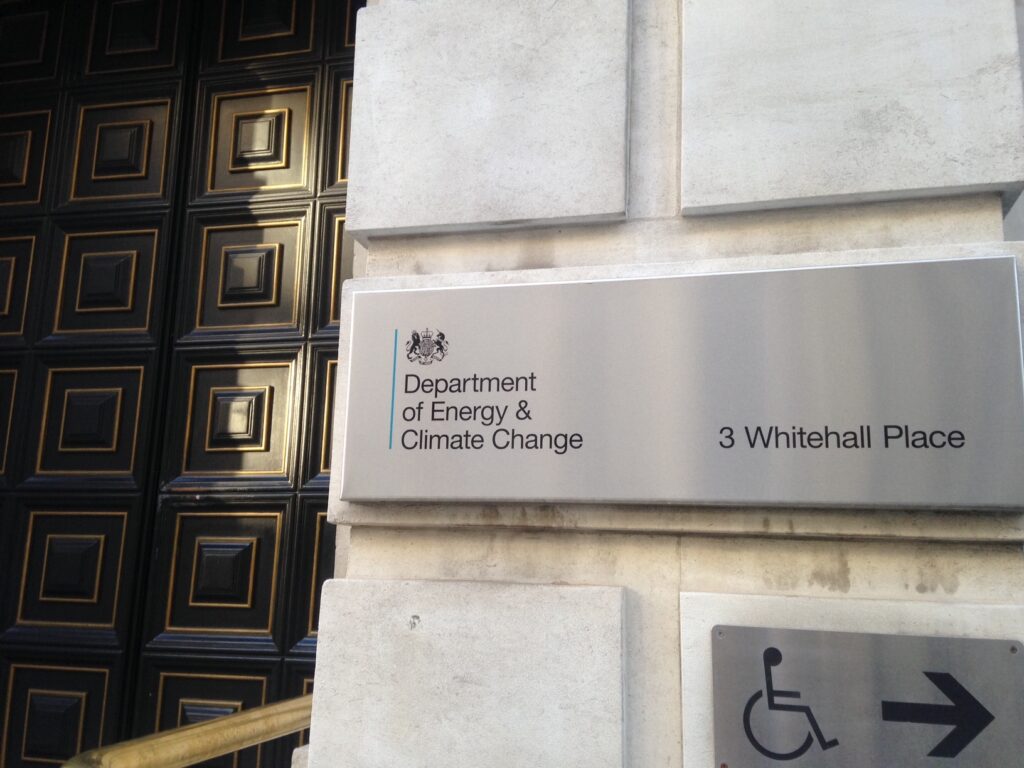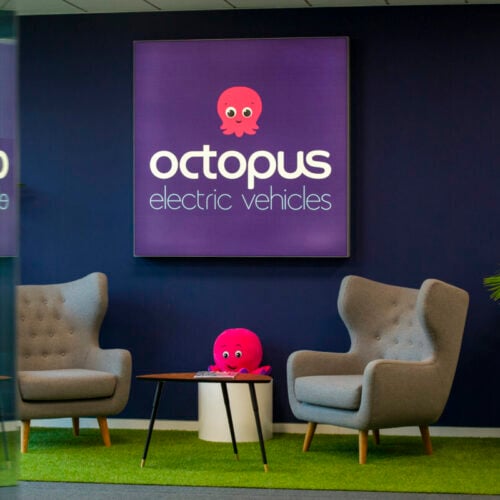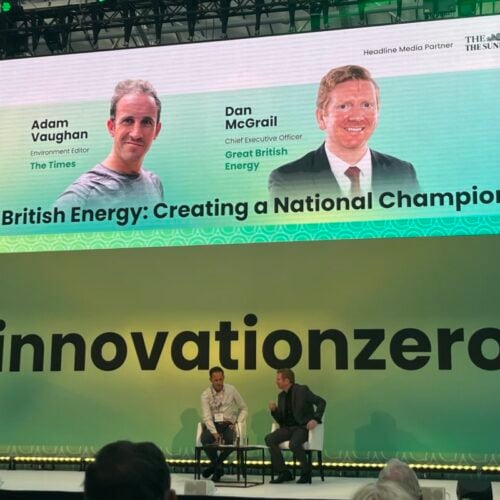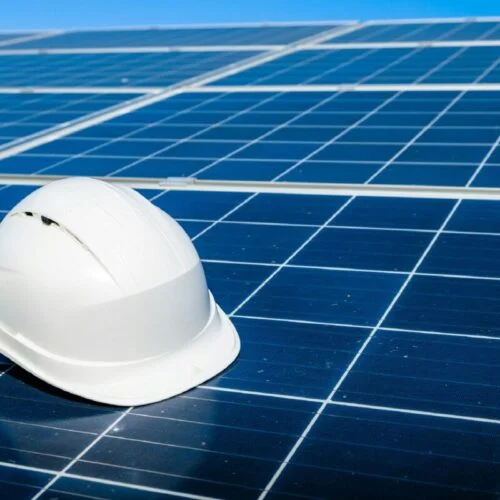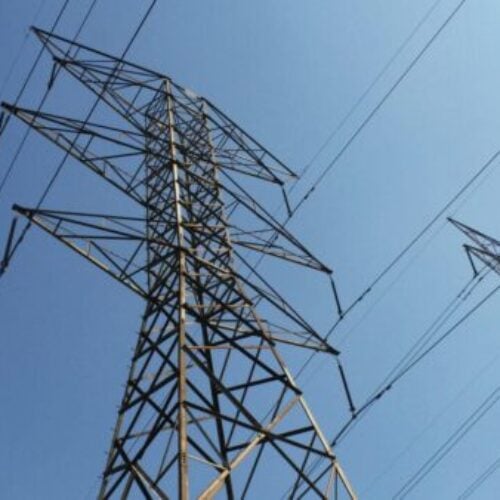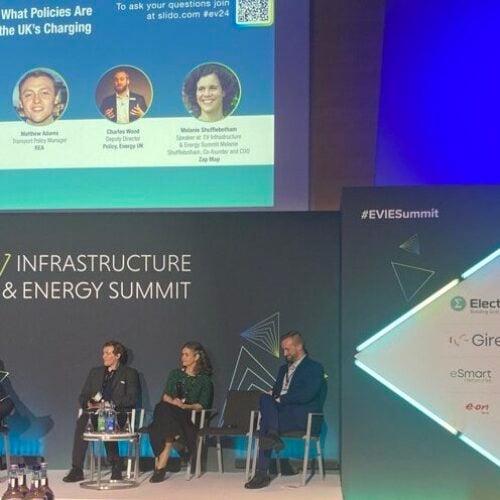The UK government has saved more than £164 million on its energy bills since 2010 but revealed that it had missed ambitious targets to reduce its greenhouse gas (GHG) emissions by 25% in 2015.
Late last month the government issued its ‘Greening Government Commitments’ report, which outlined its progress towards reducing GHG emissions by 25% between 2010 and 2015.
The report covers a wide range of ways in which the government has sought to reduce its emissions, including reducing energy consumption, water and paper usage, domestic travel and even procurement practices.
While the government missed its target of reducing emissions by one quarter by 2015, 17 out of 22 departments met or exceeded individual targets, contributing towards a headline reduction in energy use equivalent to around £164 million in comparison to a baseline of 2010.
The report states that this has largely been achieved through changes to the way in which government departments occupy and use buildings. The majority of savings were made through a “streamlining of government estate”, however it also admits that increasing the energy efficiency of buildings “has clearly played an important part”.
Also included in the report are several case studies illustrating how savings were made. The Ministry of Justice found that “extensive modernisation” of its prison stock was required, chiefly in energy consumption. HMP Wayland has managed to save roughly £320,000 per year by installing a biomass boiler and the prison expects to save an additional £65,000 each year by growing its own feedstock. Fields of willow are to be grown in government-owned land adjacent to the prison and could possibly be managed by inmates.
LED lighting cuts DECC energy consumption by 14%
The Department of Energy and Climate Change meanwhile found energy reductions more difficult to achieve due to the department’s policy priorities requiring an increased headcount- and therefore office space – to manage. DECC nevertheless achieved its reductions by using the Mayor of London’s RE:FIT scheme to retrofit efficiency systems into existing buildings.
A building management system was installed which reduced the minimum speed for its extractor fans while an LED lighting upgrade, which incorporated a localised control system which turned lights off when offices were vacant and dimmed them when natural light was sufficient, was also successful. DECC saved 183,596kWhs in energy through the lighting system alone in 2014/15, equivalent to around 14% of its total energy consumption.
But while the majority of departments were able to meet targets, some were not. The report states that the Ministry of Defence’s estate had significant “scale and complexity”, making it difficult to meet the 25% aim. The MoD achieved a 19% reduction through “substantial effort and investment”.
And the report also suggests that departments are finding it increasingly difficult to achieve additional reductions in energy consumption now that cheaper, easier methods have been fitted.
“Many other departments are finding that as their buildings become more and more energy efficient, it becomes increasingly difficult to identify cost effective and technically feasible energy and carbon saving measures that can be retro-fitted,” the report states.
Government energy consumption figures
£164 million – The cost of energy saved by 2015 compared to the 2009/10 baseline
22% – The total government reduction in GHG emissions, short of its 25% target
17 – The number of government departments that met or exceeded their targets in 2014/15
£320,000 – The saving per year HMP Wayland is making since adopting a biomass boiler
183,596kWhs – Energy saved at DECC through LED lighting and a localised control system
